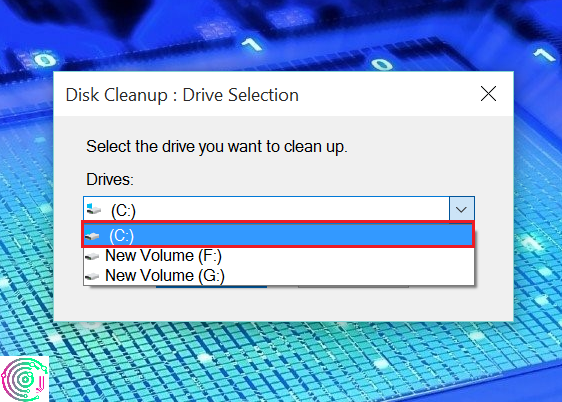
Uninstall non-essential applications and games System created Windows Error Reporting files.Under the Local Disk (C:) section, click Temporary files.

To delete temporary files with Storage Sense:
Under the Temporary Files section, check the Delete temporary files that apps aren't using option. Under the Storage section, click Configure Storage Sense or run it now. Turn on the Storage sense toggle switch. To free up disk space using Storage Sense: Storage Sense in Windows 10 helps delete temporary files from the computer drive and secondary or external drives. Under System Restore and Shadow Copies section, click Clean up.įree up disk space with Storage Sense (Windows 10). To delete the system restore points, except the recent one:  System-created Windows Error Reporting filesĭelete System Restore and Shadow Copies using Disk Cleanupĭisk Cleanup utility helps delete older system restore files to reclaim additional storage. Note: The list of items may vary in your installation. Check all the content that you want to delete to free up space, including:. If the computer has multiple drives or partitions, use the "Drives" drop-down menu, and select the drive (C:). If the computer has multiple drives or partitions, use the Drives drop-down menu, and select the drive (C:). Search for Disk Cleanup, and click to open the application. To delete temporary files using Disk Cleanup in Windows: Get a discounted price on replacement setup and installation discs: Windows XP, Windows Vista, Windows 7, Windows 8, Windows 10.Microsoft Windows has an integrated tool that deletes temporary files and other unimportant data. The NeoSmart Support Forums, member-to-member technical support and troubleshooting.
System-created Windows Error Reporting filesĭelete System Restore and Shadow Copies using Disk Cleanupĭisk Cleanup utility helps delete older system restore files to reclaim additional storage. Note: The list of items may vary in your installation. Check all the content that you want to delete to free up space, including:. If the computer has multiple drives or partitions, use the "Drives" drop-down menu, and select the drive (C:). If the computer has multiple drives or partitions, use the Drives drop-down menu, and select the drive (C:). Search for Disk Cleanup, and click to open the application. To delete temporary files using Disk Cleanup in Windows: Get a discounted price on replacement setup and installation discs: Windows XP, Windows Vista, Windows 7, Windows 8, Windows 10.Microsoft Windows has an integrated tool that deletes temporary files and other unimportant data. The NeoSmart Support Forums, member-to-member technical support and troubleshooting. 
It’s also available for Windows XP and Windows Server. It’s available for Windows 8, Windows 7 and Windows Vista. It’s an easy-to-use and automated diagnostics disk.
Easy Recovery Essentials for Windows – our repair and recovery disk. Sfc utility results screen More Information Linked Entries Where c:\ is where Windows XP is installed. To open Disk Cleanup via Command Prompt, follow these steps: Right-click on the drive you want to run Disk Cleanup. To run Disk Cleanup on a Windows XP computer, you can run it from My Computer or from Command Prompt. 2 Run Disk Cleanup in Windows Vista and 7.







 0 kommentar(er)
0 kommentar(er)
